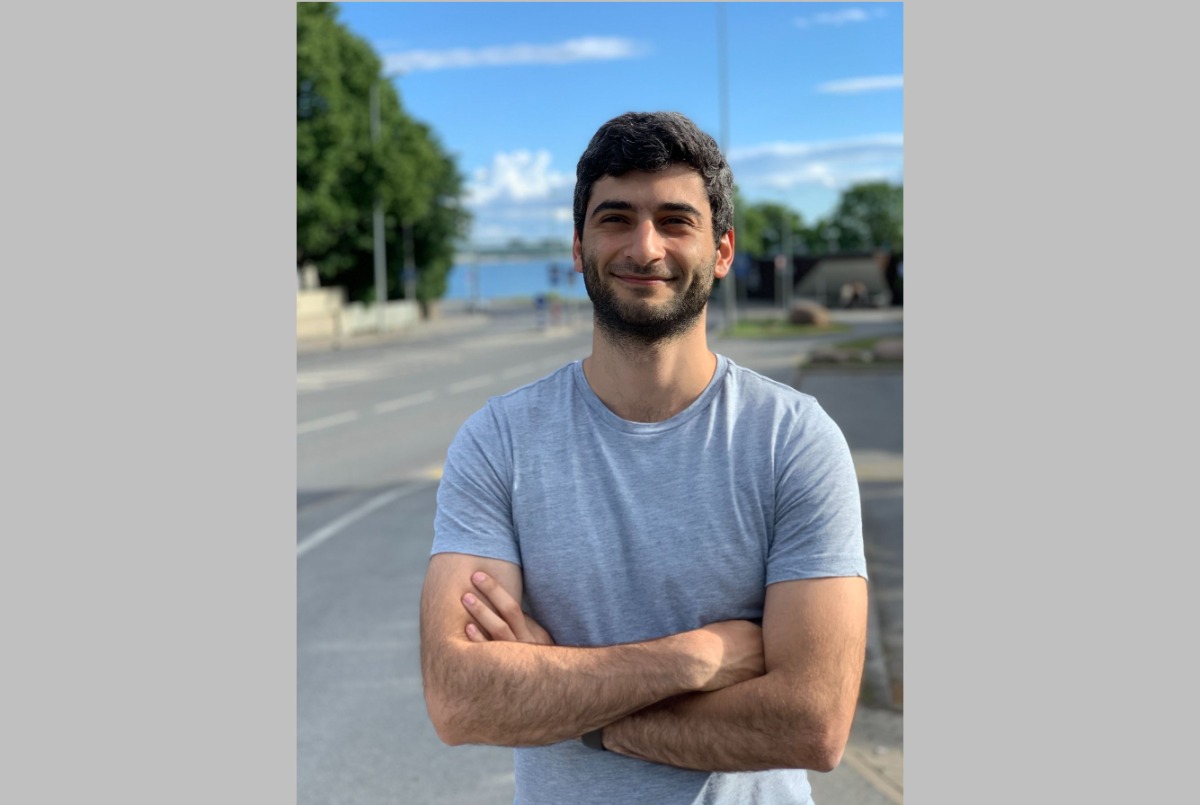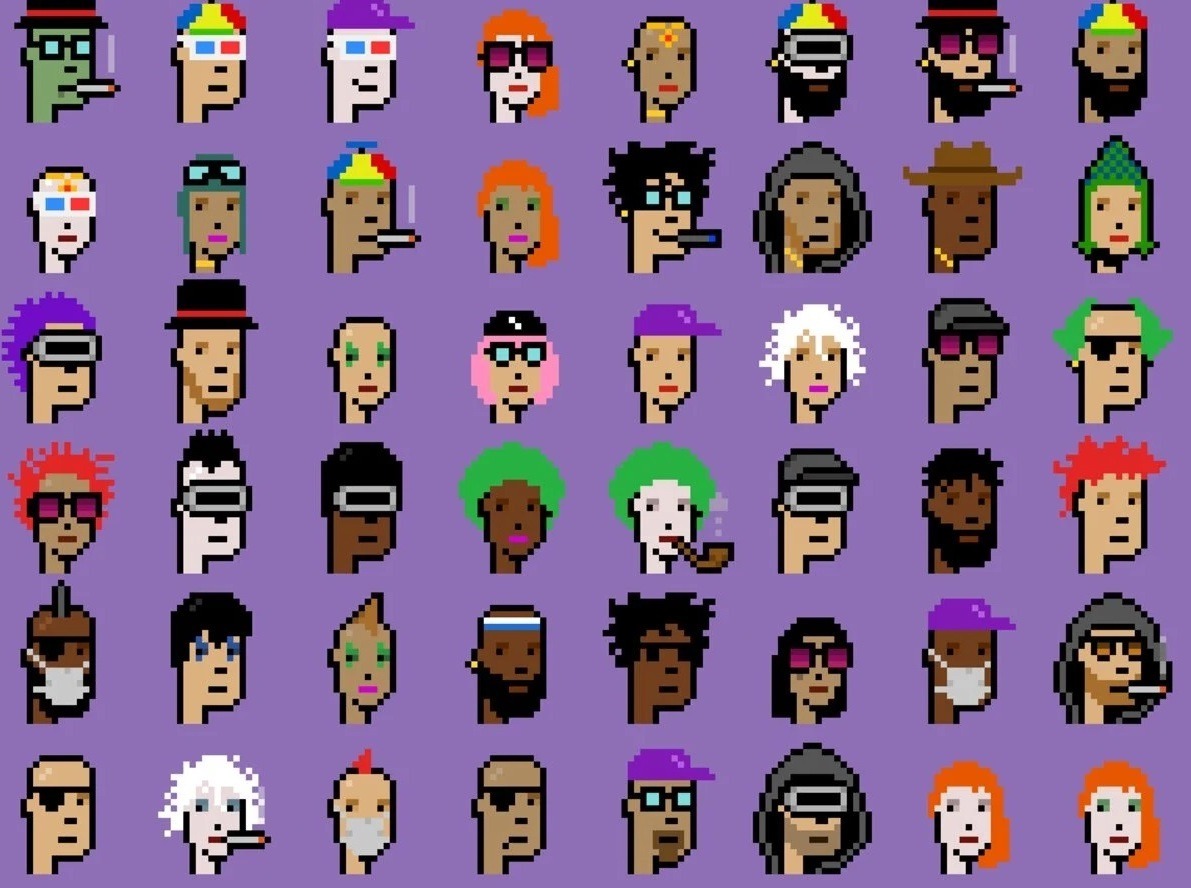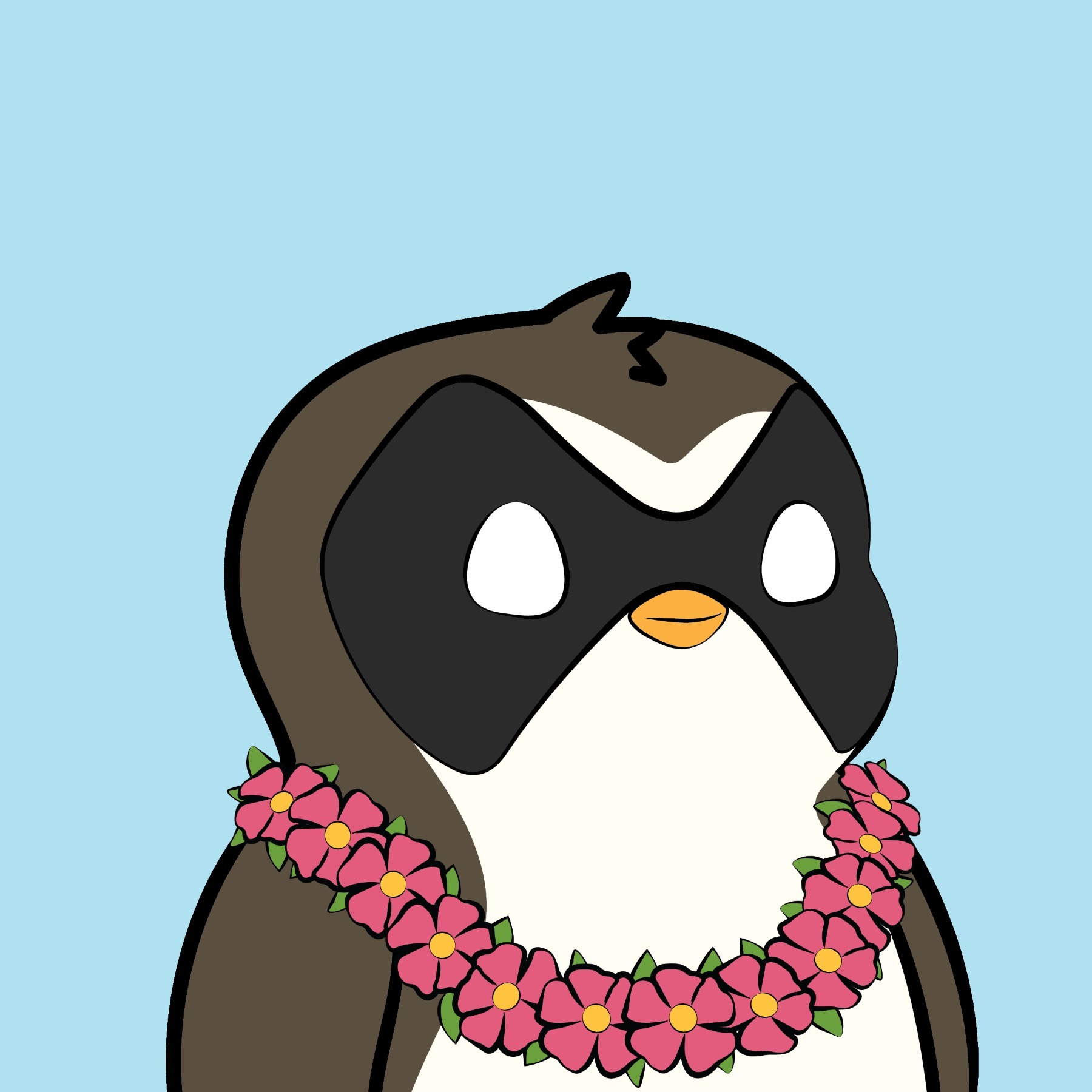
Holding NFTs is owning a piece of internet culture
Q&A with NFT collector Edgar Aronov from Estonia
NFT collector Edgar Aronov has been working in the field of start-ups and digital business for more than ten years, but just recently became active in the international art scene through advising on various creative digital projects. Inevitably, Aronov’s interest in crypto-art also grew. He is currently active in the community of NFT collectors, and also actively participates in events dedicated to crypto-art in the Baltics. Last year (together with Ugnė Bužinskaitė, Justė Jonutytė, Giedrė Marčiulaitė, and Olga Temnikova) Aronov curated the first NFT exhibition in Lithuania; it was titled How Soon is Tomorrow. Collecting NFTs, and was presented by the Lewben Art Foundation at the ArtVilnius art fair. Another noticeable exhibition was MUTAGEN, an NFT collaboration featuring Tommy Cash, Ilya Karilampi, Nik Kosmas and Katja Novitskova, launched by Aronov together with Temnikova & Kasela Gallery.
A selection of Aronov’s NFT collection is currently on view in the exhibition Growing Out? Growing Up? Contemporary Art Collecting in the Baltics at the Zuzeum Art Centre in Riga.
What kind of NFT artworks do you generally gravitate towards?
My taste is all over the place. Although I hold pretty much everything – PFPs (avatars), generative art, historical, 1/1 art – I gravitate most to the PFP side. It’s probably the furthest from the traditional art world, but I feel its community aspect will make the most impact on all other NFT narratives. Also, I appreciate historical NFTs, and I’m attracted to Damien Hirst’s NFT ecosystem (The Currency, Great Expectations).
What is your interest in the world of traditional arts – outside the crypto-art space?
My interest in the traditional art world is finding pieces I’d love to hang on my walls; that’s about it. Art that I like and connect with. Unfortunately, I don’t have enough time to consume all the information from the traditional art space. Luckily, I have a great person helping me, Olga Temnikova from Temnikova & Kasela Gallery. So, whenever I feel like collecting more art, I go to her and don’t interact too much in the traditional art world without her.
Tommy Cash. GOLDEN. From Mutagen collection
How would you describe the community of NFT collectors? Who are these people? What is their worldview, vision and genuine relationship with art?
There are mainly three types of NFT collectors/communities – flippers, investors and collectors. It’s important to note that one can be all three at some point, or just one. It depends on the market conditions – if it favours flipping (short-term trading of NFTs), then some collectors might start doing it to earn more funds to then collect more long-term NFTs.
Those with long-term collecting in mind usually understand the significance of the (crypto) technology and are trying to purchase as many grails as possible, considering it kind of like a land grab. They are also firm believers of decentralization; that’s why almost all high-end NFTs reside on Ethereum (since it’s proven to be the most decentralized and secure blockchain).
Their relationships with art are very much like the ones that non-NFT collectors have. It’s just more focused on the culture of the internet.
Is it possible to distinguish such a community as Baltic NFT collectors? Does nationality in this community matter at all?
Unfortunately (or fortunately?), it’s impossible to distinguish Baltic NFT collectors since most are anonymous. I think that’s good because in an anonymous world, anyone can be anyone. Gender, age, nothing matters – all that matters is your collection, how you treat it, and your involvement in the community.
‘Pudgy Penguins is a collection of 8,888 randomly generated Pudgy Penguin NFTs on the Ethereum blockchain. The 8888 Pudgy Penguins create our community known as The Huddle. Our penguins are pudgy, cute, fun, and a little goofy. Pudgy Penguins are known for eating too many fish and creating legendary memes,’ informs the pudgypenguins.io website. Pictured: Pudgy Penguin #6834
Are you in contact with other NFT collectors from the Baltic states? How important is such communication to you?
I am in contact with several Baltic NFT collectors, some of whom I knew from the start were from the Baltics, while with others I had been interacting as anonymous people and only later found out that they are from the Baltics. It’s unimportant, and I don’t care where they are from.
Is it possible to highlight something those collectors from the Baltics have in common – in terms of content and aesthetics?
Unfortunately, I haven’t seen enough crypto artists from the Baltics to make any significant conclusions. I’ve seen several Baltic artists trying to make an entrance into NFTs, but they don’t consider the internet culture, and are mainly trying to squeeze their existing work into NFTs, which doesn’t work.
To what extent are ‘traditional’ artists from the Baltics willing to enter the NFT market? What do you think is the biggest challenge for them?
I’ve seen a lot of demand from traditional artists trying to enter the NFT space. I’ve identified a few key issues: In the NFT space, you must connect with your collectors, mainly on Twitter. It’s not the gallery that can spark the connections; it’s you, being online and communicative digitally almost every day.
Technical challenges: if you’re new to the space and have no NFT-knowledgeable technical friends, you don’t know how to create NFTs or, even worse, you use very low-quality ‘fast food’ minting platforms, such as OpenSea minting contracts (for the love of God, do not mint your NFTs using the OpenSea minting feature).
Education: there isn’t too much high-quality education around just yet.
Just like any new area, it takes dedication and learning to be successful. You can’t just take your existing experience and apply it in the NFT space and hope it somehow magically will be a success.
CryptoPunks were developed by Larva Labs, a team of two Canadian programmers, Matt Hall and John Watkinson. They became the first ever NFT community, a series of 10,000 pixel art images that first appeared in 2017. Later avatars from CryptoPunks became a kind of status symbol; individual images from the series were sold for millions of dollars. In a way, they showed the way for other NFT communities that followed.
How would you describe the relationship between the NFT collector and the NFT author? Are these relationships purely digital? Are they anonymous? Personal?
Yes, they are purely digital and primarily anonymous. Some artists are closer to their collectors; some are not. It depends on the narrative that the author is aiming for. Bigger artists also do meetups at NFT events all over the world.
Essentially, collecting art is about possessing it, owning it. With NFT collecting, this ownership has reached a new level – the subjective ownership of a digital asset (NFT artwork) is more important than any objective qualities of said asset. What would be your comment on your personal desire to own the art?
For me, holding NFTs is owning a piece of internet culture. Some have more art value in it, some have less, but they all have one thing in common – it’s a piece of internet culture I get to keep and own and a community/communities I can belong to.
CryptoPunks #9552
How do you see the NFT space developing in the future? Artistically, culturally, and financially?
I believe that by 2030, more people are going to hold NFTs than they do stocks. It’s so much more attractive to invest in culture than EBIDTA. The traditional art market is too illiquid and has a lot of friction with physical space. NFTs solve both; therefore, they can be more attractive to the masses. We’ll see more art-focused NFTs flourishing, although I believe community-focused NFTs (PFPs) will still dominate most of the volumes. I firmly believe that artist-fan-based NFTs and membership passes (into communities) will gain market traction. However, the crypto space, in general, has taught me that you can’t predict anything here, so I plan to keep my eyes open and keep an open mind.
Have this year’s geopolitical events changed the course of your collection?
They have, mostly because I’m not buying as much as I was earlier. I’m taking a bit more time off since the market has been cooling off (people are tired, hurt and scared, so everything is a bit more chill right now). I am preparing myself (mentally and financially) for the next wave of innovation with NFTs.

